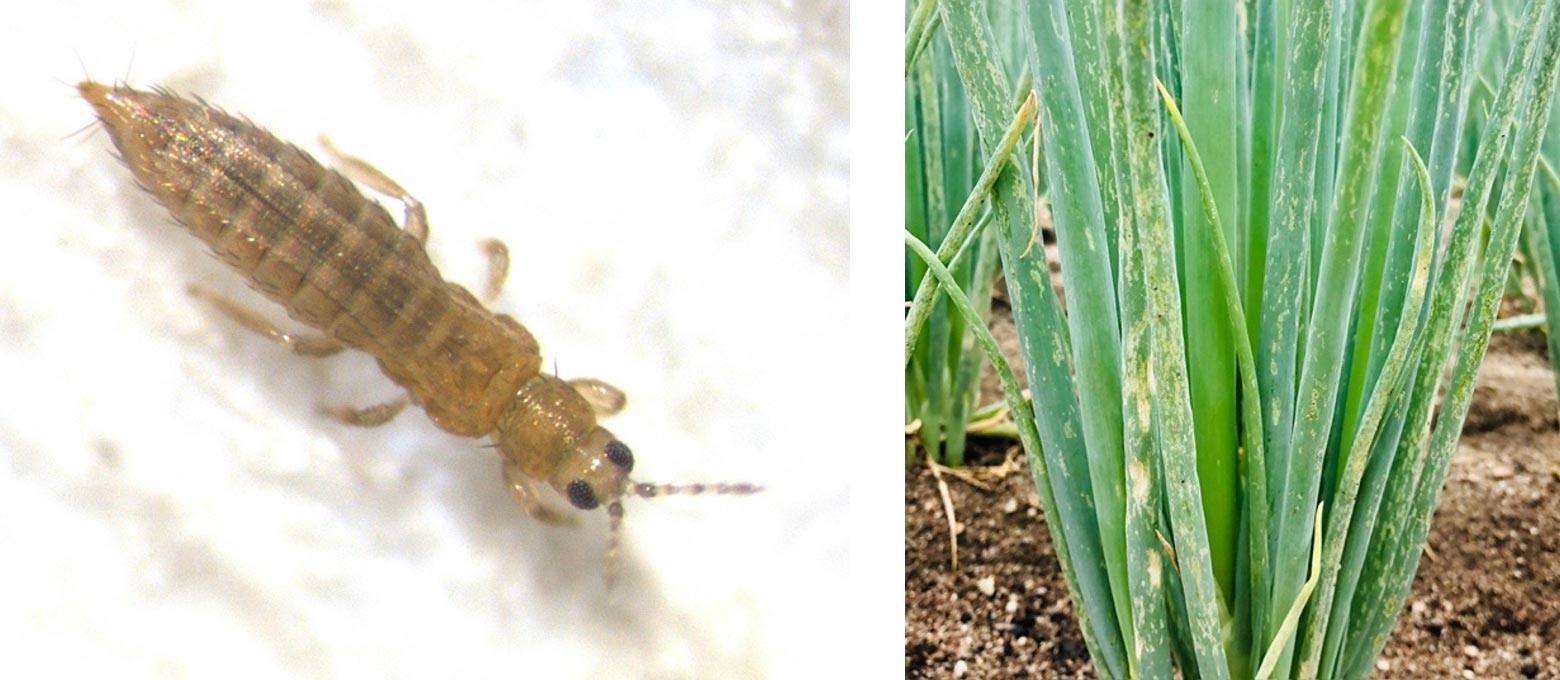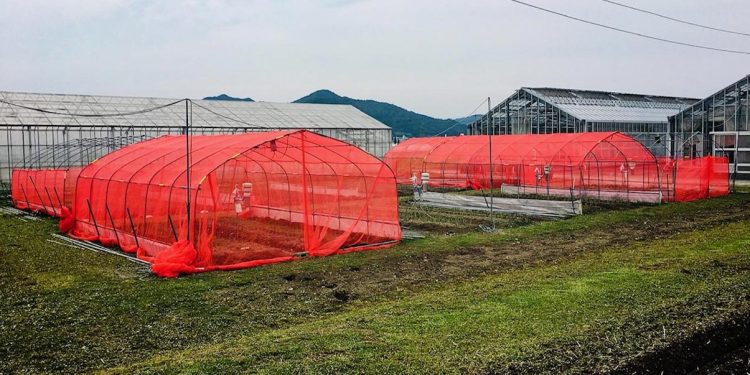#Agriculture #GreenhouseFarming #PestManagement #SustainableAgriculture #Eco-FriendlyPractices #AgriculturalInnovation #CropProtection #EnvironmentalImpact #MeshTechnology #ThripsControl
In a recent study conducted by Tokumaru et al. (2024), the effectiveness of red, white, black, and combined-color meshes in deterring thrips from damaging Welsh onions (Red Toga variety) was investigated. Results from laboratory and field trials showcased the superior efficacy of red mesh in inhibiting thrips compared to other colors. Furthermore, field experiments demonstrated a reduction in pesticide usage by 25-50% in onion crops partially or fully covered with red mesh compared to uncovered fields.
Pests pose a significant challenge to horticulturists and farmers worldwide, with synthetic pesticides commonly used for pest control. However, the widespread use of pesticides contributes to environmental degradation and the development of pesticide-resistant pests. The Kujo negi Welsh onion variety used in the experiments is a traditional vegetable in the Kyoto region, emphasizing the relevance of the research to local agricultural practices.
While conventional black, white, or blue mesh structures serve as physical barriers against insect intrusion, researchers from the Kyoto Prefectural Institute of Agriculture, Forestry and Fisheries and the University of Tokyo discovered that mesh color could be a crucial factor in pest deterrence. Professor Masami Shimada from the Graduate School of Agriculture and Life Sciences at the University of Tokyo highlighted the concept of “optical pest control,” leveraging insects’ color vision to repel pests effectively.
The study focused on thrips, particularly Thrips tabaci, known for its pesticide resistance and widespread damage to crops globally. Testing various color combinations of red mesh and different mesh sizes, researchers found that red-fiber meshes outperformed black or white meshes in preventing thrips infestation. Additionally, red mesh structures demonstrated enhanced ventilation, reducing the risk of fungal infections and optimizing sunlight exposure, thereby improving growing conditions for crops.

The adoption of red mesh greenhouses presents a promising solution for sustainable pest management in agriculture. Despite being initially costlier, red meshes offer long-term economic benefits and environmental advantages by reducing pesticide dependency and promoting ecological balance. As Professor Shimada envisions, future advancements in mesh technology may further enhance effectiveness and durability, paving the way for widespread adoption in eco-conscious farming practices.








